Brave helper in allergen management
Cleaning validation in specialty foods production
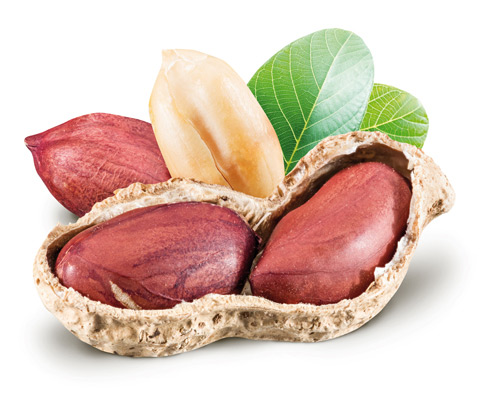
While the TOC serves as a universal parameter for the analysis of the level of cleanliness in a food production plant, the TNb is a more selective assessment parameter with regard to contamination by proteins. Together, they serve as a measure of food safety, and thus aid consumer protection, which is particularly important to food allergy sufferers.
The German Allergy and Asthma Association (DAAB) estimates the number of food allergy sufferers needing treatment to be around six million. While in children and infants, cow milk, soy, wheat, peanuts and hazelnuts are the main trigger, adolescents and adults generally react more strongly to raw vegetables and fruits, nuts, fish, shellfish and mollusks. Allergic reactions often occur on the skin and mucous membranes, in the neck and around the nose, in the bronchi or in the gastro-intestinal tract. The most severe and life-threatening allergic reaction is the so-called anaphylactic shock, which can lead to circulatory collapse and even death.
Persons with food allergies are sensitive to certain food ingredients, so-called allergens. To provide information on the consumption of allergen-containing foods to those persons affected, the 14 most frequent food allergy triggers (for example mustard, eggs, celery, peanuts etc.) are subject to appropriate package labelling. If a food contains one of these ingredients, this must be clearly indicated on the packaging.
During food production or processing, traces of allergens can inadvertently get into foods via preliminary or intermediate products, without being labeled on the packaging as an ingredient. To avoid such cross-contamination, many food manufacturers rely on cleaning validation.
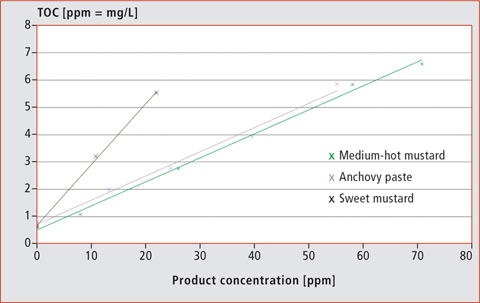
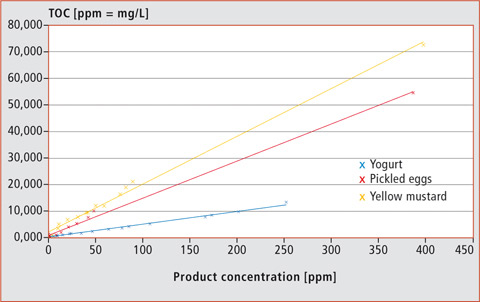 Figure 1a and 1b: TOC results of various allergen-containing foods in different concentrations
Figure 1a and 1b: TOC results of various allergen-containing foods in different concentrations
Cleaning validation
Many foods are produced discontinuously in multi-purpose production plants. Following production and packaging, foods are ready to enter the market and the food production plant is subsequently cleaned in order to produce new batches of the food or other foods of different formulations. In addition to optical inspection and microbiological swabs and to confirm the effectiveness of this cleaning process, the final rinse water is examined for possible residues and ingredients. For this purpose, a widely-used parameter is the TOC (total organic carbon). It detects the total amount of carbon originating from organic compounds.
TOC as universal parameter
For TOC determination, a mineral acid is first added to the rinsing water, converting the carbonates and hydrogen carbonates in the water to CO2. A rinsing gas removes the carbon dioxide from the sample. Subsequently, an aliquot of the prepared sample is injected onto the hot catalyst where the organic substances are converted to CO2. A carrier gas transfers the CO2 to an NDIR detector and the amount of carbon dioxide is measured.
Modern analyzers such as the Shimadzu TOC-L series carry out automated sample preparation (acidification and degassing). The systems use a highly effective platinum catalyst and operate at a combustion temperature of 680 °C. A special injection unit enables automated dilution of the sample upon exceeding the calibration range of the samples. This is also the case for the preparation of standards to create calibration curves in equidistant concentration steps.
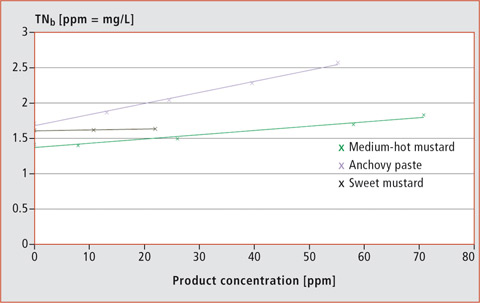
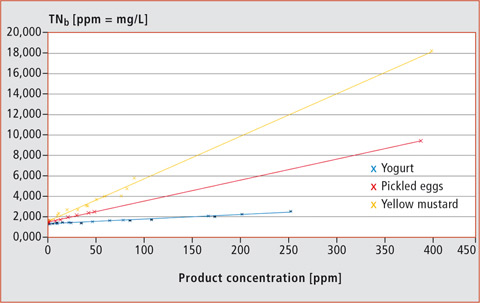 Figure 2a and 2b: TNb results of various allergen-containing foods in different concentrations.
Figure 2a and 2b: TNb results of various allergen-containing foods in different concentrations.
As nearly all foods consist of organic matter, the TOC is a universal parameter in cleaning validation and is suitable for a variety of products. In addition, TOC determination also detects cleaning agent residues. An additional advantage of TOC determination is its simplicity and speed. A triple TOC determination of final rinse water generally takes less than 15 minutes. If a corresponding limit value is not exceeded in the final rinse water, the cleaning of the food production plant has been validated analytically.
The TNb
In a TOC analysis of the final rinse water, combustion does not only produce carbon dioxide from organic substances. At temperatures above 700 °C, nitrogen-containing compounds are converted to nitrogen monoxide. A carrier gas transports the NO produced to a chemiluminescence detector where the measuring gas is brought into contact with ozone.
Ozone is a strong oxidizing agent, which oxidizes NO to nitrogen dioxide. In this reaction, light quanta (photons) are emitted (chemiluminescence) and are detected. The TNb sum parameter (total bound nitrogen) is a measure of the organic and inorganic nitrogen compounds present in a sample. TOC and TNb determination can be performed simultaneously using Shimadzu’s TOC-L systems – one injection yields two measurement results. The combustion temperature is set to 720 °C and both detectors are connected in series.
Cleaning validation results can also be used to estimate a possible allergen contamination. This is performed via a ‘worst case’ scenario that assumes that all organic substances are allergens.
As allergens present in foods are almost exclusively proteins containing nitrogen atoms, the TNb parameter provides considerably more information for the assessment of allergen carryover in a worst-case scenario than the TOC parameter.
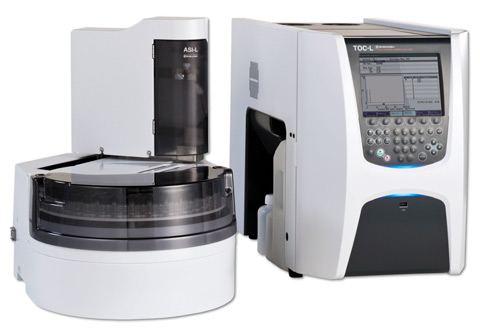 Figure 3: TOC-L with autosampler for TOC and TNb determination
Figure 3: TOC-L with autosampler for TOC and TNb determination
Specialty foods manufacturer tests TNb parameter for allergen carryover determination
Employees of the Germany-based Develey Mustard & Specialty Foods company have carried out extensive studies with different allergen-containing foods and determined that the TNb sum parameter is suitable for the assessment of allergen carryover in the production of foods.
For these tests, contaminated rinse water samples were prepared, i.e. defined concentrations of an allergen-containing raw material or a product were prepared in tap water. Subsequently, the samples were analyzed for their TOC and TNb content. As expected, it was concluded that both the TOC and the TNb concentrations increase linearly with increasing product concentration.
While a TOC value from an unknown rinse sample could originate from innumerable compounds such as carbohydrates, fats, surfactants etc., the TNb parameter provides significantly more selective information on the presence of proteins. This allows for a worst-case scenario assessment with respect to allergens contained in the final rinse with respect to medical reference dosages. This calculation ensures that no relevant amounts of allergens can be carried over to subsequent production. The assessment obtained here is intended to exclude allergen carryover within a food production plant and to confirm cleaning validation. In addition, the method cuts costs because complex allergen testing is avoided.
Conclusion
Cleaning validation is a useful tool to verify the effectiveness of a cleaning procedure in food production. The TOC serves as a universal parameter for the analysis of the level of cleanliness of a food production plant.
In addition, the TNb parameter enables a more selective assessment regarding contaminations by proteins. A worst-case scenario is useful in assessing possible contamination by allergens, helping to ensure food safety and, consequently, protection of affected consumers. Moreover, this type of measurement provides an objective, analytically valid measurement result, which is suitable as a basis for the assessment of consumer risks in order to ensure that the cleaning process safeguards consumer protection. Thus, if a product label contains the following information: ‘May contain traces of allergen XY’, this constitutes a quantified assessment of the allergy risk and does not merely provide precautionary information for reasons of liability.
Read for you in Laborpraxis 12/16